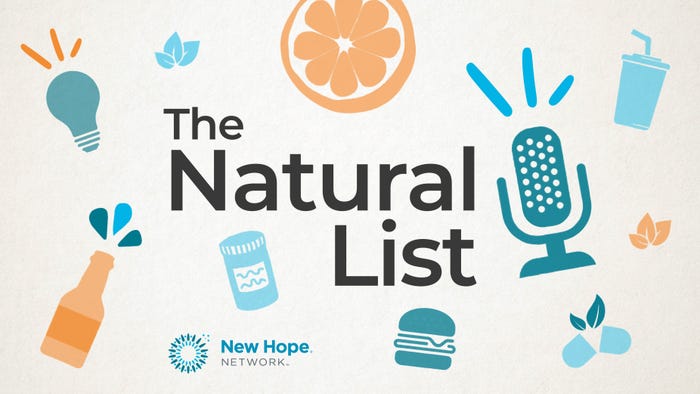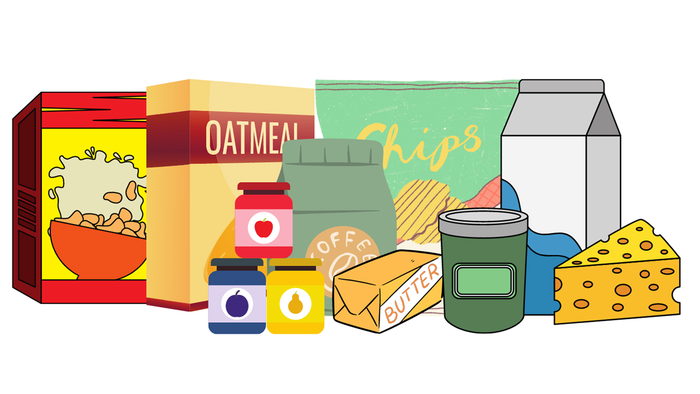The 5 most popular roles at retail
May 15, 2013

This is the third in a nine-part series exploring the components of true category management.
The category role identifies the importance of the category to the retailer. This is the role the retailer wants the category to play within their store. A category can be used to bring new consumers into the store, increase foot traffic, support routine shopping needs, be a destination for seasonal/occasional purchases, a one-stop-shop or for convenience. Retailers may assign different roles to categories within their stores depending on the customers they want to attract.
Category roles are great way of developing specific strategies to target customer needs. For example, the retailer might want to be known as the best store to support all of the needs of new parents. In this example the retailer would stock a wide variety of baby and infant products across several product segments. Their selection would be better than their competition, differentiating them in their market.
Sometimes rolls vary within a category. The retailer might want to be the low price leader in certain segments within the category to draw shoppers into their store—in our example, the lowest everyday price on baby food in the market. They would then earn a higher margin on complementary items like baby clothes, soaps and shampoos, lotions and creams, etc.
Natural retailers have their choice from several different types of category roles, the most popular being the five that follow:
1. Destination
The retailer uses the destination category to take a leadership role in the market. The destination category communicates the retailer’s commitment to meet the specific needs of consumers. It delivers consistent superior value to target shoppers and is used to define the target consumer image of the retailer for the market. For example, a store might want to be known as the preferred destination for ready-to-eat meal solutions. Their deli would then be well stocked with a wide variety of prepared meals and side dishes. The destination category draws shoppers to the store where they can do the rest of their shopping when they come in for dinner.
2. Routine
The routine category is designed to assist in building the target consumers' image of the retailer. A routine category serves as a link between the retailer and the consumer. This would include most of the "routine" items consumers typically put on their shopping list.
3. Preferred routine
The preferred routine role for a category is used to help define the retailer as the preferred choice by delivering consistent superior value to the target consumer. This is the trusted retailer that consumers go to when they try to fill specific needs—for instance, one that's committed to having best-quality produce in the market. Produce is a routine purchase for consumers, but produce selection can vary greatly by retailer. Natural stores can differentiate themselves by offering the best local and regional produce in the market.
4. Seasonal/occasional
A seasonal/occasional role for a category is focused on specific events—the floral department for Mother’s Day. Retailers typically place a great deal of emphasis on the floral department on Mother's Day by increasing their selection, inventory and gift ideas.
5. Convenience
The convenience role is geared toward filling impulse needs. This category strategy typically plays an important role delivering profit and margin enhancement through items like the ready-to-eat meals in the deli and the chilled single serve beverages at the checkout lines.
Category rules are an important part of the retailer strategy to satisfy shopper needs and differentiate themselves. Manufacturers should work closely with retailers to develop strategies to increase foot traffic in their stores.
What category roles do you use to differentiate yourself from the competition?
You May Also Like


